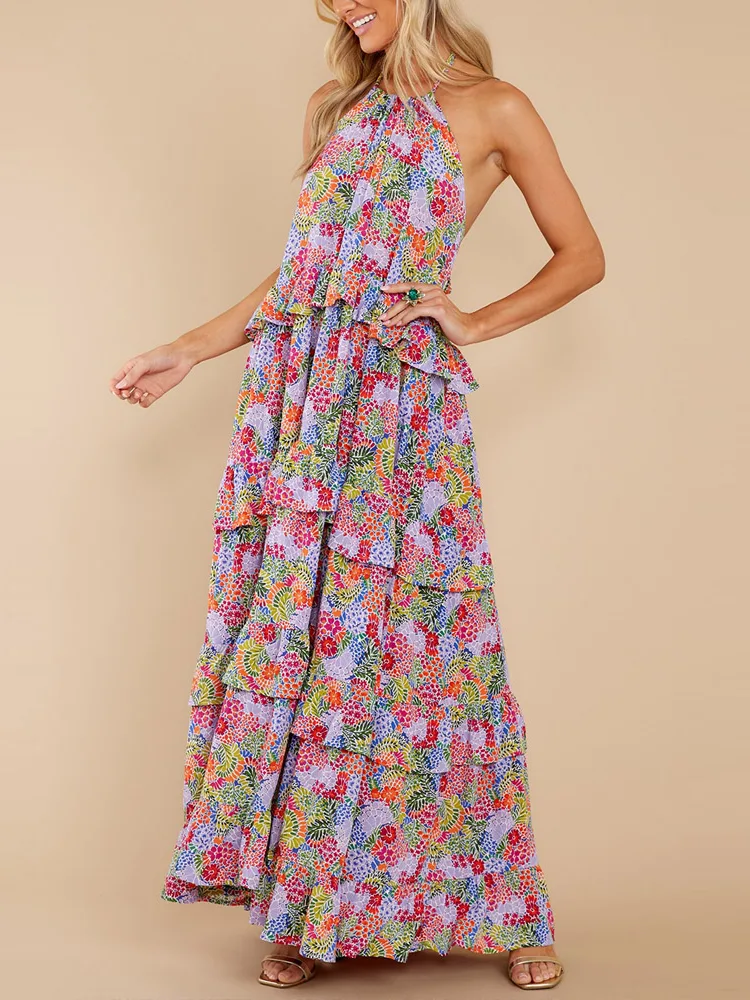what is the technology secret of Print Dress
2025-05-06
The term "Print Dress" generally refers to a dress featuring printed patterns or designs on the fabric. If you're asking about the technology or secret behind printed dresses, it usually involves fabric printing techniques. Here’s a breakdown of the main technologies used:
1. Digital Textile Printing (Modern "Secret")
How it works: Similar to inkjet printing on paper, but on fabric.
Technology: Uses large digital printers to apply designs directly onto fabric.
Advantages:
No need for screens or plates.
Allows for small runs and custom designs.
Highly detailed, photo-realistic prints.
This is the cutting-edge technology behind most high-end or fast fashion printed dresses today.
2. Screen Printing
How it works: Ink is pushed through a screen stencil onto fabric.
Best for: Bulk production with bold, simple designs.
Drawbacks: Less effective for complex or highly colorful images.

3. Sublimation Printing
How it works: A heat press turns solid dye into gas, which bonds with synthetic fabric (like polyester).
Great for: All-over prints, sportswear, and dresses with seamless designs.
Limitation: Only works well on synthetic fabrics.
4. Block Printing (Traditional "Secret")
How it works: Hand-carved wooden blocks are dipped in dye and stamped on fabric.
Artisan method: Common in Indian, Indonesian, and African printed textiles.
5. Heat Transfer Printing
How it works: Designs are printed on transfer paper and then pressed onto fabric.
Common in: T-shirt and casual dress printing.
If you are interested in our products or have any questions, please feel free to contact us and we will reply you within 24 hours.